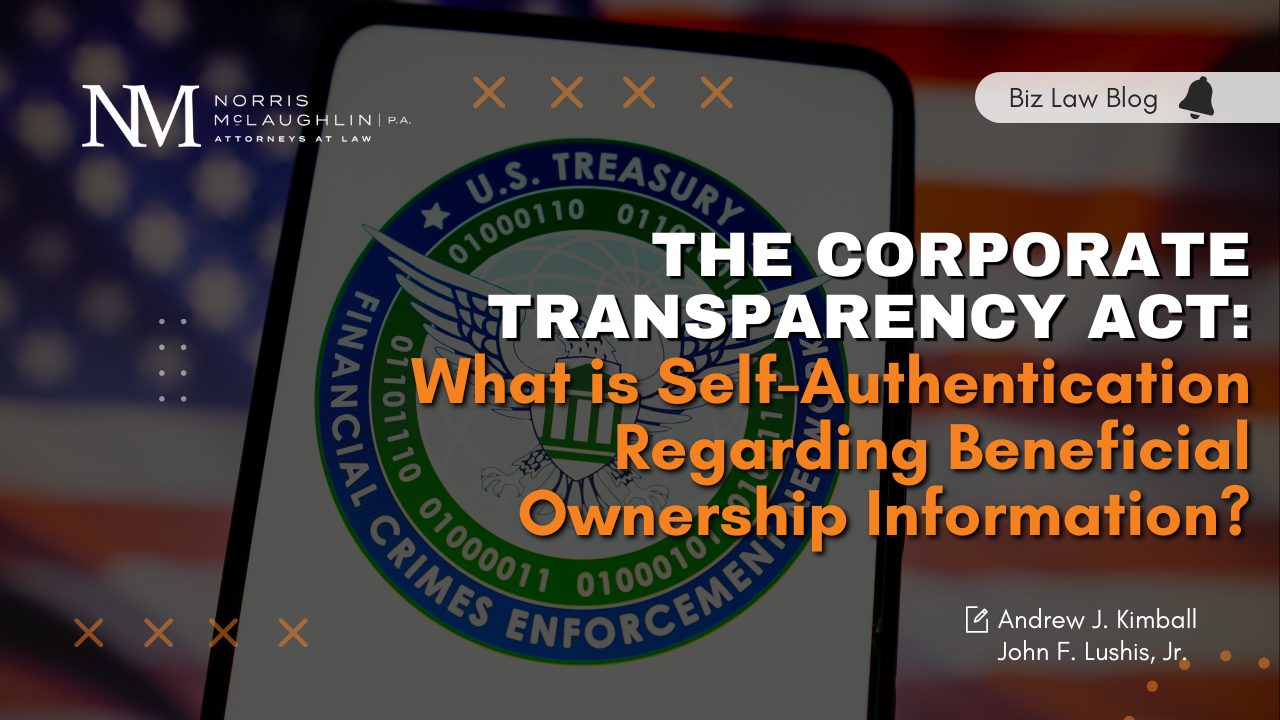If you have any questions about this post or any other related matters, please feel free to contact me at pdhutcheon@norris-law.com.
“Measure for Measure:” LIBOR, SOFR, and the U.S. Dollar ICE Bank Yield Index
History
Until the 1980s, banks and especially banks located outside the United States (and even more, those in Europe) had to deal with ever-growing U.S. dollar deposits, known as Eurodollars. These Eurodollars arose from both the Marshall Plan expenditures after World War II and the climbing amount of imports into the U.S. from Europe and elsewhere. These Eurodollar deposits were not within the regulatory jurisdiction of the Federal Reserve Board (“FRB”) including the FRB reserve requirements. As a result, these deposits became significant resources for financings. This, in turn, led to increases in interbank transactions, each of which generally had to be negotiated as “one-off” transactions, including the setting of interest rates on credit facilities.
By the 1970s bankers had developed, (somewhat echoing the development of the Law Merchant among the major trading cities in medieval Europe beginning in the late 13th Century), a system for pricing interest rates originally on Eurodollar transactions and later throughout all capital markets. That system was created by the British Bankers’ Association and known as the London Interbank Offered Rate (“LIBOR”). The rate was set separately for seven borrowing periods (overnight to one year, with 30- and 90-day rates the most used and calculated in 5 currencies. LIBOR rates are quoted daily by Thomson Reuters and were determined by, in the case of U.S. dollar LIBOR, by 18 banks who daily submit their “best estimate” of that bank’s cost of funds in the interbank market centered in London.
In 2008, The Wall Street Journal reported that a study of LIBOR suggested that some or all of the participating banks were “gaming the system” by giving fraudulently understated borrowing costs which tended to make the banks appear healthier in the 2008 Great Recession. This led to very substantial litigation and enforcement actions against most of these 18 banks with extraordinary penalty assessments as well as criminal prosecutions. At least $350 trillion in derivatives, loans, and other financial products are priced based on LIBOR. Estimates are that U.S. states, counties, and local governments paid over $6 billion in fraudulently charged interest due to the LIBOR manipulations and have spent another $4 billion plus to unwind their positions in LIBOR- priced financial products.
The Cure?
In 2013 the Intercontinental Exchange (“ICE”) bought all the rights to LIBOR from the British Bankers’ Association for 1Ł. In 2014 the FRB created the Alternative Rates Reference Committee (“ARRC”) to come up with alternatives to LIBOR. In 2017 ARRC announced a new reference rate based upon the interest rate charged on overnight repurchase agreements for U.S. Treasury securities. This rate, known as the Secured Overnight Financing Rate (“SOFR”), is based on actual transactions involving pledges by the borrower of Treasury securities and, hence, insulated from manipulation. As of now, SOFR is viewed as the most likely replacement for LIBOR; In July 2017 the U.K. Financial Conduct Authority (“FCA”) announced that LIBOR will be replaced by 2021.
One concern of ARRC, the FCA, and the FRB is the ability to write financing documents using a single standard so that custom drafting by lawyers (and related costs) can be avoided. On the other hand, a potential vulnerability of SOFR is its anchoring in actual transactions secured by U.S. Treasury. In case of another period of stress like 2008, SOFR (with its dependence on Treasury security transactions) would cause a borrower to pay a relatively low yield interest rate (due to the interest rate and investment risks in Treasuries), while the lending bank might well have a substantially higher cost of funds in order to provide the money for the borrower. This type of cost/benefit mismatch would almost certainly impede interbank lending in those circumstances. ICE in January 2019, proposed a possible solution – the U.S. Dollar ICE Bank Yield Index. This Index is intended to serve as a benchmark for the credit risk posed by a putative borrowing institution. The Index would measure the internal rates at which banks are willing to lend U.S. Dollars to large internationally active banks on a wholesale, unsecured basis over one month, three month and six-month periods.
It is noteworthy that the Basel, Switzerland based Bank for International Settlements said in a March 2019 report that a variety of reference rates could “co-exist, fulfilling a variety of purposes and market needs.” On the other hand, there are concerns that the U.S. Dollar ICE Bank Yield Index would be based upon too few transactions, thus proving “too thin” to serve as a viable reference rate.
Perhaps as Shakespeare himself acknowledged in his play published in the First Folio of 1623, it is important not just to assess the value of each, but also to recognize the purpose for which the assessment is made – relying one suspects on the Gospel of Matthew 7:2.
“For in the same way you judge others, you will be judged, and with the measure you use, it will be measured to you.”




